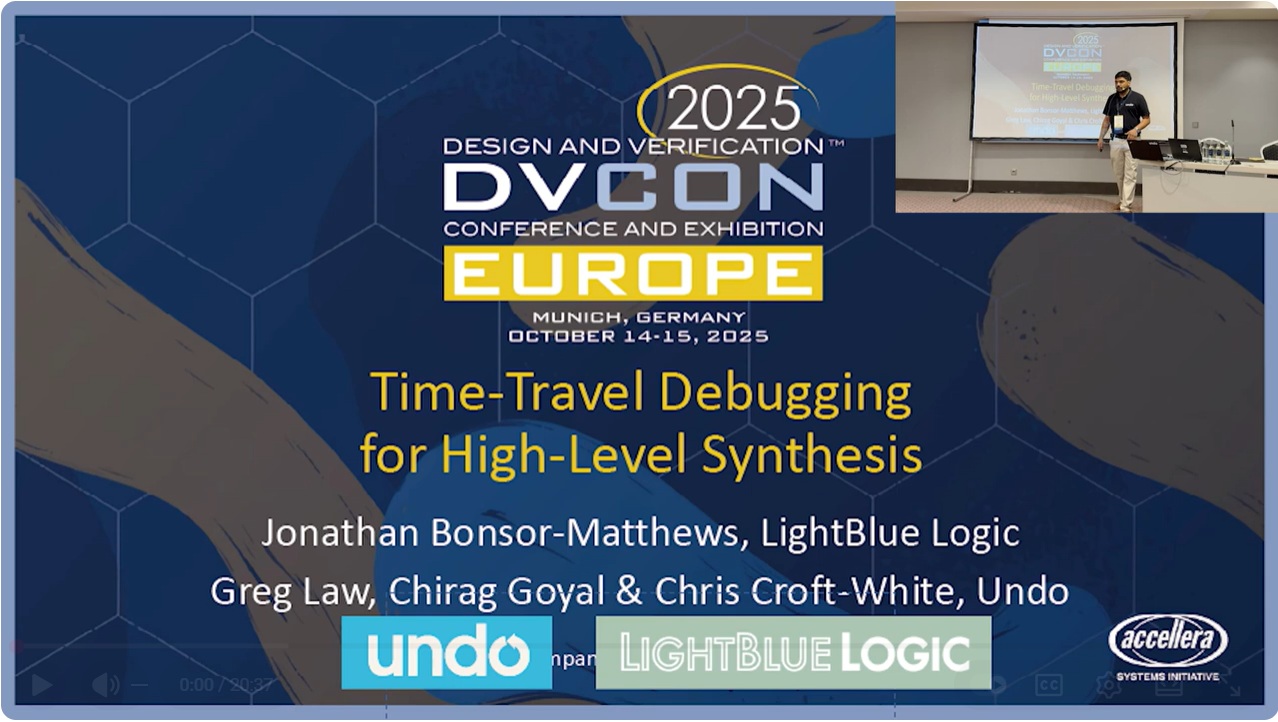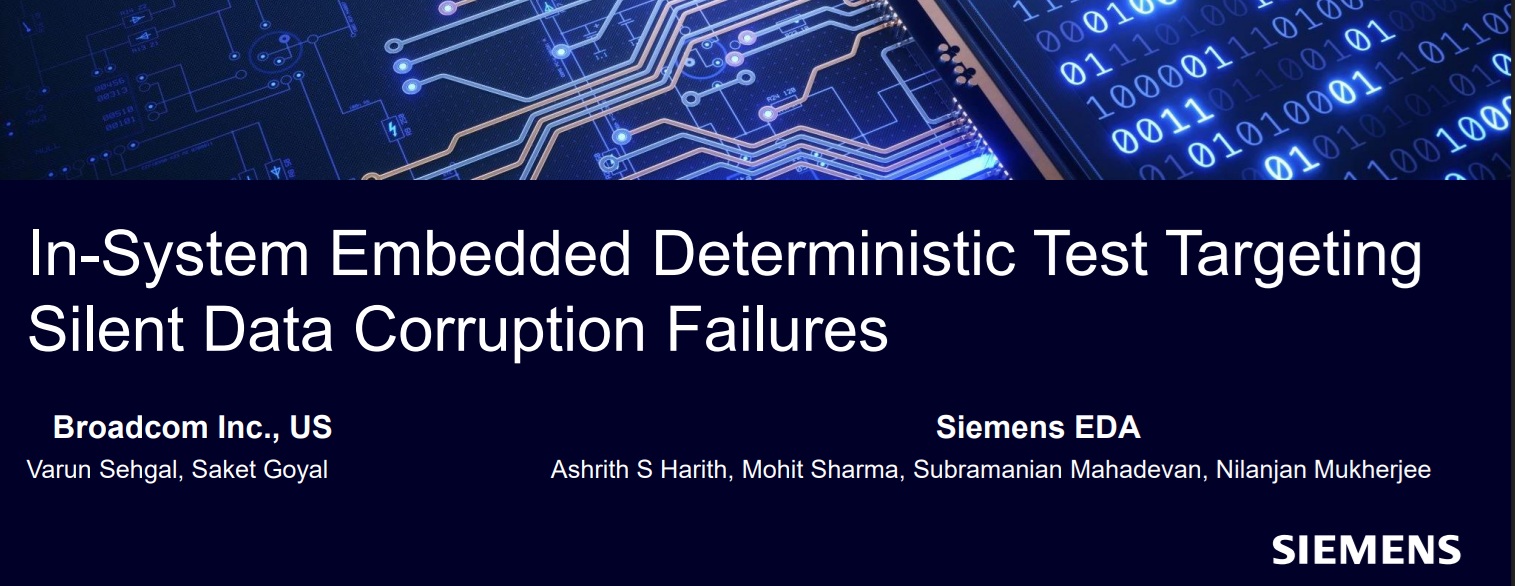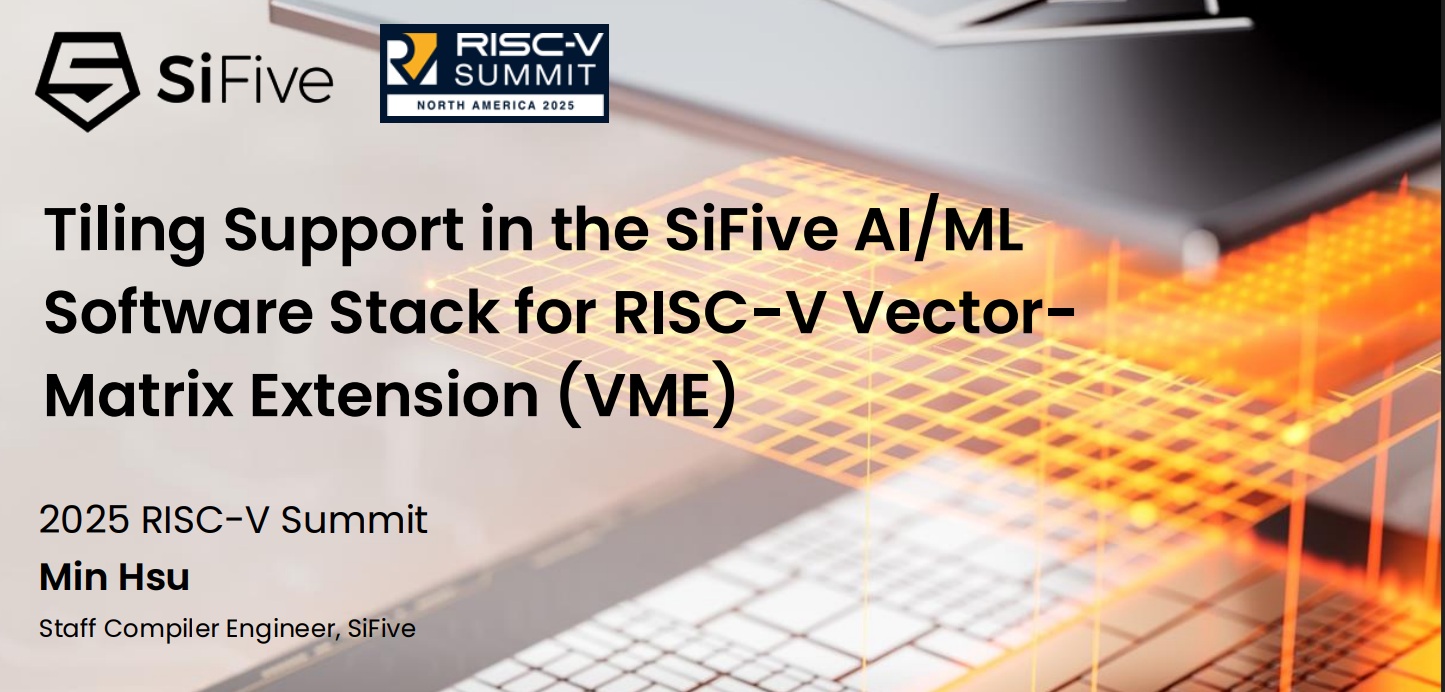An Internet of Buildings (IoB) that really works and can’t be hacked? The IOT holds great promise for nearly every aspect of society and, of course, is rife with business opportunity, as well. One of the most exciting opportunities on both fronts remains the opportunity to create connected buildings.… Read More
 Revolutionizing Hardware Design Debugging with Time Travel TechnologyIn the semiconductor industry High-Level Synthesis (HLS) and…Read More
Revolutionizing Hardware Design Debugging with Time Travel TechnologyIn the semiconductor industry High-Level Synthesis (HLS) and…Read More Addressing Silent Data Corruption (SDC) with In-System Embedded Deterministic TestingSilent Data Corruption (SDC) represents a critical challenge…Read More
Addressing Silent Data Corruption (SDC) with In-System Embedded Deterministic TestingSilent Data Corruption (SDC) represents a critical challenge…Read More TSMC's 6th ESG AWARD Receives over 5,800 Proposals, Igniting Sustainability PassionTaiwan Semiconductor Manufacturing Company has once again demonstrated…Read More
TSMC's 6th ESG AWARD Receives over 5,800 Proposals, Igniting Sustainability PassionTaiwan Semiconductor Manufacturing Company has once again demonstrated…Read More Tiling Support in SiFive's AI/ML Software Stack for RISC-V Vector-Matrix ExtensionAt the 2025 RISC-V Summit North America, Min…Read More
Tiling Support in SiFive's AI/ML Software Stack for RISC-V Vector-Matrix ExtensionAt the 2025 RISC-V Summit North America, Min…Read More TSMC based 3D Chips: Socionext Achieves Two Successful Tape-Outs in Just Seven Months!Socionext’s recent run of rapid 3D-IC tape-outs is…Read More
TSMC based 3D Chips: Socionext Achieves Two Successful Tape-Outs in Just Seven Months!Socionext’s recent run of rapid 3D-IC tape-outs is…Read MoreEmerging Disruptions from Blockchain
For several years, Bitcoin has captured headlines not only for becoming the leading digital currency, but also for wild fluctuations in its value. Will Bitcoin succeed? The jury’s still out. But now the underlying technology – an encrypted, distributed digital ledger called blockchain – is riding a wave of adoption for many new… Read More
Dilbert Flopped – But We Still Laugh
This tile is about an old timer talking with a smart ass that questions why experience is relevant in todays “fast paced” technology industry. It has shown up so much on LinkedIn that I thought I should make a separate post and copy my responses into it and just link in next time.… Read More
Integrated Photonics – Getting Light to the PIC by Embedding Polymer Waveguides in the PCB
This week I had the privilege of representing one of my clients at the AIM Photonics road map meetings held at MIT in Cambridge, MA. While this was a closed meeting for AIM members, it’s no secret that AIM Photonics, which stands forAmerican Institute for Manufacturing Integrated Photonics, is working diligently to bring up a viable… Read More
LETI Day 2016 : Security in Lyon, Sensor at Semicon West on July 12th
It was the very first time I attended the LETI days, even if I know the research center for many years. LETI was created in the 60’s, as the subsidiary of the CEA (France agency in charge of Atomic Energy) in charge of Microelectronic. Now, for more than 50 years, 2000 research engineers are working to develop technologies, systems … Read More
IoT Tutorial: Chapter 6 – IoT at the Edge
IoT and the Edge Computing Paradigm – Why Edge Computing? In previous chapters we illustrated how cloud computing enables nowadays IoT applications to benefit from its capacity, scalability, elasticity and pay-as-you-go nature. During recent years a number of IoT/cloud deployments have demonstrated the merits of integrating… Read More
Obama’s greatest legacy may be the global entrepreneurship he sparked
It is rare to go to a government event, especially where political leaders are speaking, in which you can stay awake or be truly inspired. Indeed, I had very low expectations of President Obama’s Global Entrepreneurship Summit (GES), which was held at Stanford University last week. I thought it would be nothing more than a publicity… Read More
No Turning Back on Autonomous Driving
Politicians will tell you that Fridays are reserved for announcements (defeats, resignations, indictments) intended to be ignored or lost in the end of week news sink. In that context, the Friday before the U.S. Fourth of July three-day weekend may be regarded as second only to the Friday before Christmas as an ideal opportunity… Read More
Semiconductors out of step with electronics
The global semiconductor market has been on a decline (three-month-average change versus a year ago) since July 2015 according to World Semiconductor Trade Statistics (WSTS). Although numerous factors affect the semiconductor market (capacity and utilization, prices, inventory levels) in the near term, the long term growth… Read More
21 months lining up OPNFV-on-ARM for telecom
Telecom infrastructure is one area where X86 architecture hasn’t dominated historically. Infrastructure gear is spread across MIPS, Power, and SPARC architectures, with some X86, and a relative newcomer: ARM, already claiming 15% share. That’s a stunning figure considering only a bit less than 5 years ago… Read More


Quantum Advantage is About the Algorithm, not the Computer